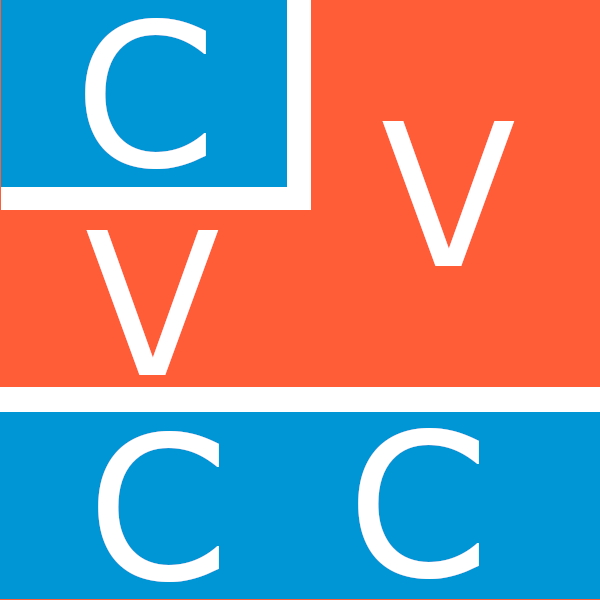Introduction
We're nearing the completion of our comprehensive overview of Hangul.
Following this lesson, you'll possess the skill to read and pronounce any word in Korean! While simply reading the words might not always clarify their meanings, mastering this alphabet is a crucial initial step in your Korean language journey.
This knowledge is typically helpful for things like looking up the names of locations or navigating through a restaurant's menu.
Hang on, you’re almost there!
3 characters pattern
Previously we introduced you to many words composed essentially of 2 characters syllabus; a consonant put together with a vowel. Just for a quick reminder they were composed as such:

아

오
However many Korean syllables are a bit more complex and composed by 3 characters.
In the previous lesson, you already started to explore this 3 characters pattern with the sounds 와, 앙, 용 etc…
So when it comes to final vowel, you can only form them this way:

뭐
Now, when a 3-characters syllable ends with a final consonant, you have to know the two following patterns to be able to form them:
1. When a vowel is is vertically aligned such as ㅏ the pattern is constructed this way:

팬
2. When a vowel is horizontally aligned such as ㅗ the pattern is constructed this way:

꽃
So it makes everything easy!
Here's a bunch of words following this 3 characters pattern:
- 사람Person
- 날Day
- 것Thing
- 시간Time
- 집House
- 일Work/Day/Thing
- 친구Friend
- 문제Problem
- 생각Thought
- 학교School
- 손Hand
- 돈Money
- 회사Company
- 나라Country
4/5 characters pattern
You just understood above how it works with 3, so you can form 4-characters syllable by adding just one more consonant at the end. Hence why we referred above as final consonant.
4 or 5 characters are just the same patterns as you saw just adding a consonant in line or in column based on the rule above.

팬

삶

꽃

흙

뭐

관
Or with a 5th consonant:

괆
Even though 5 characters is possible in theory, there might not be any word really using it in practice, but it is part of understanding the logic in how syllables are formed.
Vocabulary
To conclude our lessons on how to read & write 한글, let's see a short vocabulary list:
- 팬Pen
- 꽃Flower
- 꿈Dream
- 환경Environment
- 태권도Taekwondo
- 괜찮아요it's okay!
